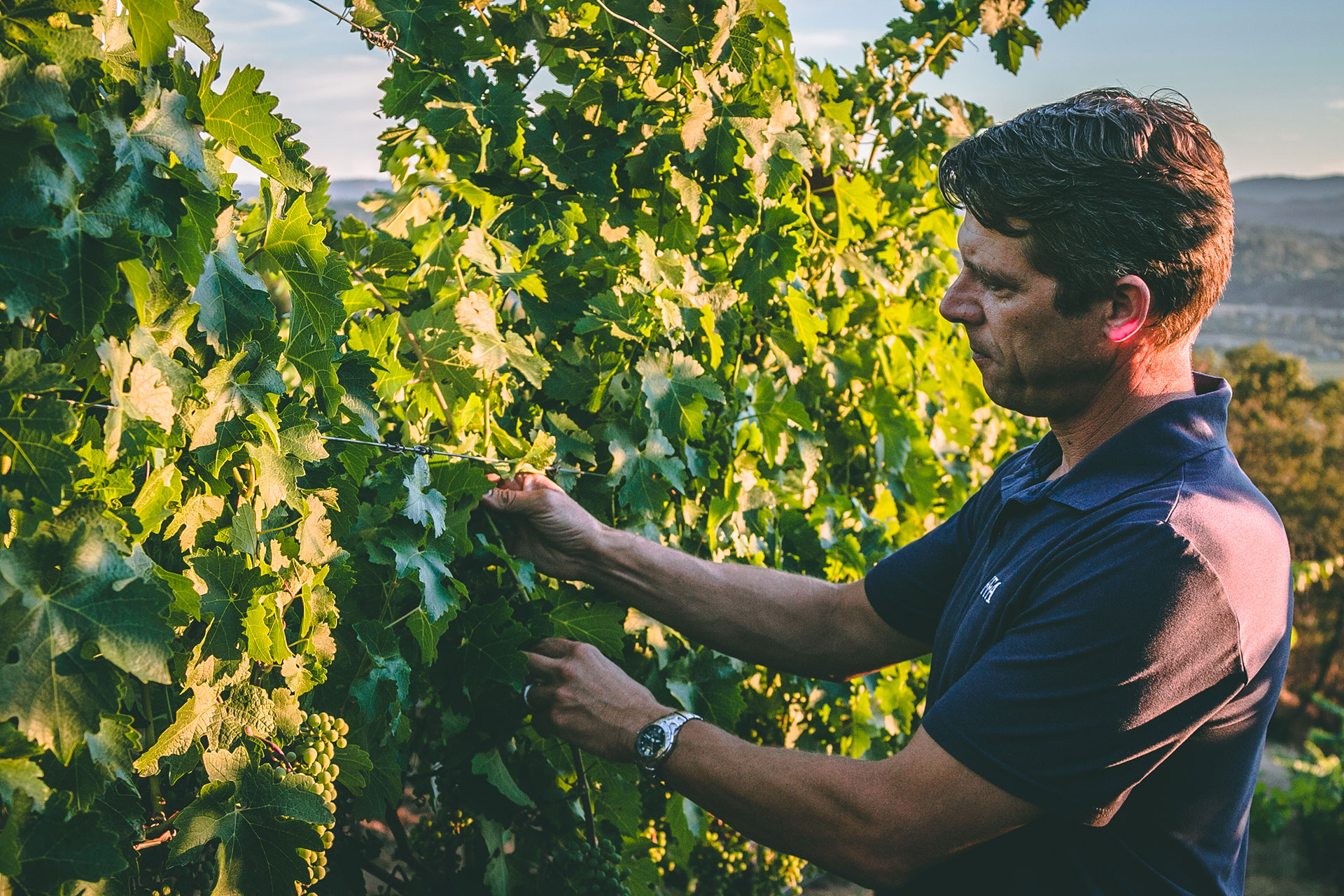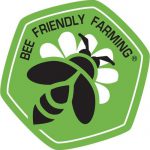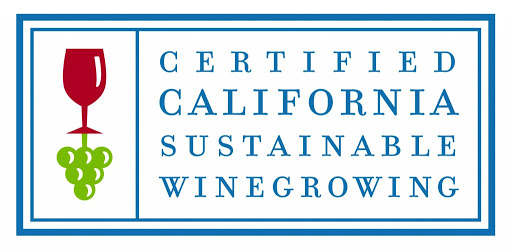Starting in our first year of ownership, we undertook a study and comparison of all the vineyard and wine certification programs operating in the US, of which there were ten. We also studied all other national sustainability and organic farming certification programs. We then read up on all of the developing theories on regenerative farming and climate friendly farming. Finally, we started researching all of the published and available impact Life Cycle Analyses (LCAs) related to vineyards or wine, with a special focus on carbon footprints. We reviewed LCAs across all three scope levels and all boundary conditions. In many ways it was like pursuing another PhD. Out of all of this work and research we have found our own way forward that concentrates on the quality of the fruit, the protection of the climate and the regeneration and protection of the soils and the land. This we do because it seems right to us, with or without any certifications. To help keep us honest at Sei Querce, we submit our work as stewards to the scrutiny of four different certifying agents. Becoming and staying certified is a pain in the bottom. It takes a lot of time, documentation and money. But in the end, we are not looking to take short cuts, we want to do this right.
In addition to the four certification programs below, an exciting new certification program, Climate Adaptation Certification, is being developed by the California Land Stewardship Institute. They are using the USDA’s carbon capture model as originally developed by the Colorado State University as the baseline model. We are in the small group of Sonoma County vineyards who will pilot the program. We support the inclusion of direct carbon footprint thinking into winegrowing and we are financially sponsoring CLSI to hopefully speed the development of the program. After all, relative to global warming… times ‘a wasting.






